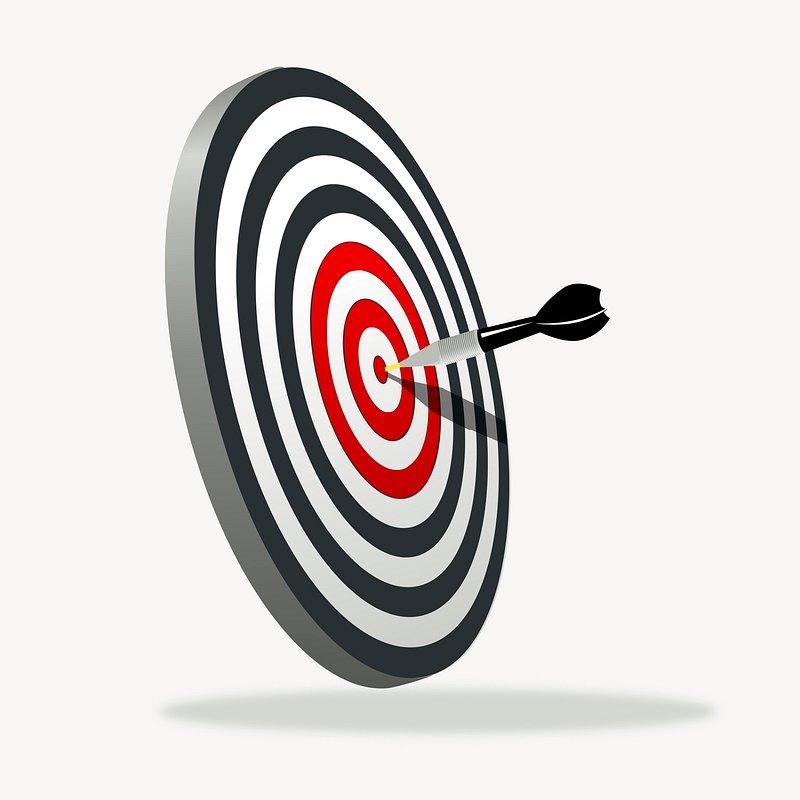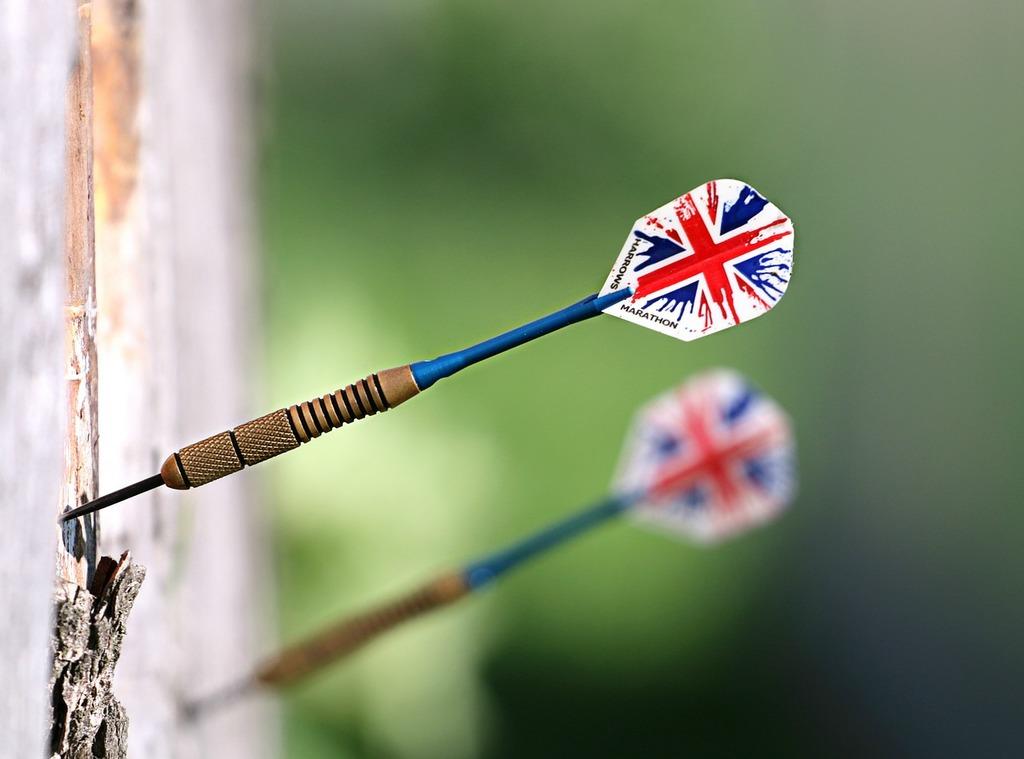In the popular darts game, 501, players aim to reach zero using the fewest darts possible. But what happens if you bust? When a player exceeds zero, their score resets to what it was before their turn began. Understanding this crucial rule is vital for darts enthusiasts to strategize effectively and maintain their chances of winning.
Throwing all three darts at once is not a standard practice in the game of darts. The objective is to accurately throw one dart at a time, targeting specific numbers on the board. This technique requires skill, precision, and strategic thinking. Although throwing all three darts simultaneously may seem tempting, it is not a recommended approach, as it hinders accuracy and control. Mastering the art of individual throws is fundamental to achieving success in the game of darts.
Getting a bullseye in darts may seem daunting, but with the right technique, it becomes easier. Begin by focusing on a steady grip and stance, then aim for the center of the board. With practice and patience, your accuracy will improve, increasing the chances of hitting the bullseye consistently.
Darts, a game of precision and strategy, can be won through a combination of skill and focus. Accuracy in throwing and strategic placement of shots are key. Proper grip, stance, and follow-through are vital. Mental focus and consistent practice enhance precision. Understanding different scoring systems helps formulate winning strategies. Ultimately, success in darts hinges on a player’s ability to remain composed under pressure and consistently hit the target.
If you manage to hit three bullseyes in darts, it’s a remarkable achievement. Not only is it a display of exceptional accuracy, but it also guarantees a high score. Each bullseye carries 50 points, so hitting three consecutively adds up to an impressive 150 points. This feat may also boost your confidence and intimidate your opponents. Keep practicing, and who knows, you might become a darts legend!
Darts, a popular pub game, has long sparked a debate over the balance between skill and luck. While luck does play a role in hitting the bullseye, the game heavily relies on skill. Precision, hand-eye coordination, and strategy all contribute to achieving high scores consistently. Despite occasional fortunate shots, true darts champions consistently prevail, proving that it is indeed a game of skill rather than mere luck.
When it comes to throwing darts, the question of spin often arises. While some believe that adding spin can improve accuracy, it is actually a common misconception. In reality, the key lies in a smooth and straight throw. This article will debunk the myth and discuss the factors that truly affect dart accuracy.
Sudden death in darts refers to a critical moment during a match when it becomes necessary to determine a winner. In this intense phase, players attempt to land the deciding blow by hitting a double segment. Sudden death adds thrill and suspense to the game, ensuring that the winner emerges as the ultimate dart champion.
When it comes to darts, understanding the concept of “doubling out” is crucial for achieving victory. To double out means to finish a game by hitting a double, a target area on the board. This article delves into the various strategies, techniques, and common mistakes players should be aware of when aiming for that winning double. Whether you’re a novice or an experienced darts enthusiast, mastering the art of doubling out can significantly improve your success rate on the oche.
Do you want to improve your dart skills quickly? Start by developing a solid throwing technique, focusing on grip, stance, and aiming. Regular practice, setting specific goals, and seeking feedback from experienced players can also expedite your progress. Additionally, mentally staying focused and calm during games will enhance your accuracy and overall performance. With dedication and these tips, you’ll be hitting those bullseyes in no time!


